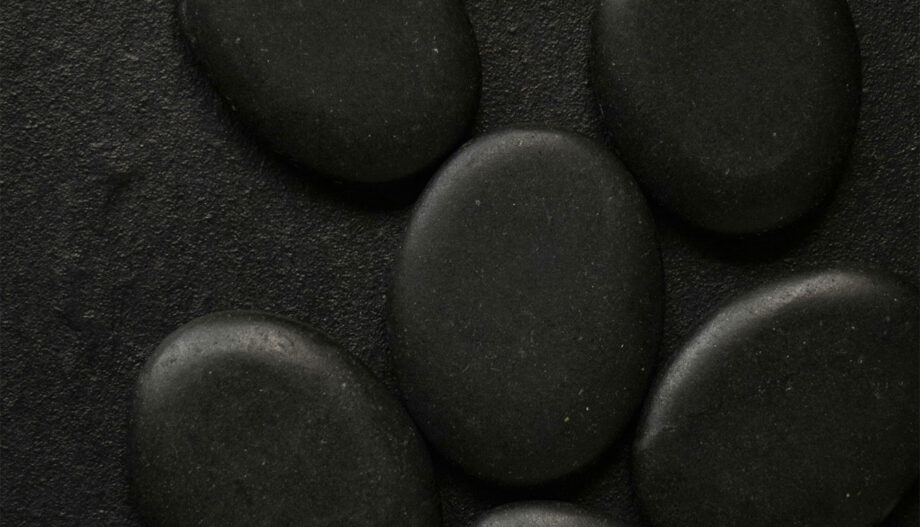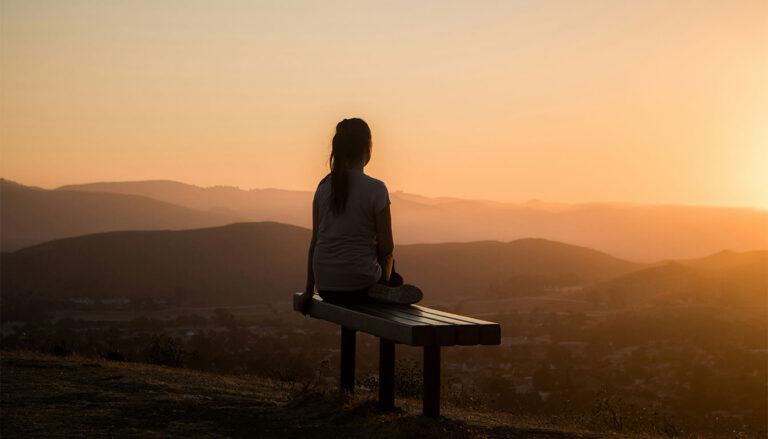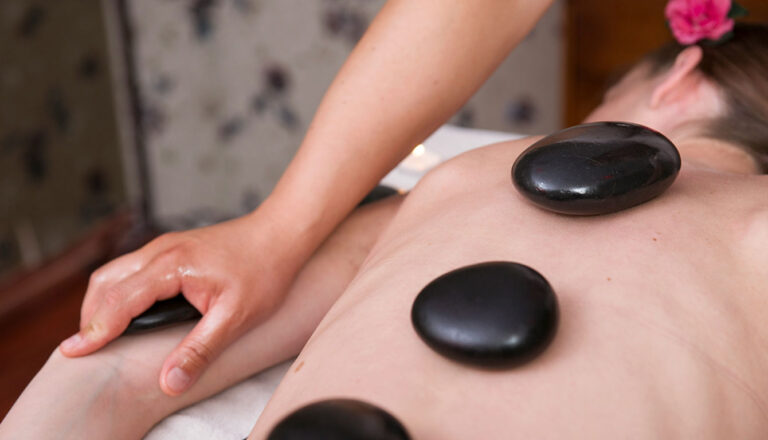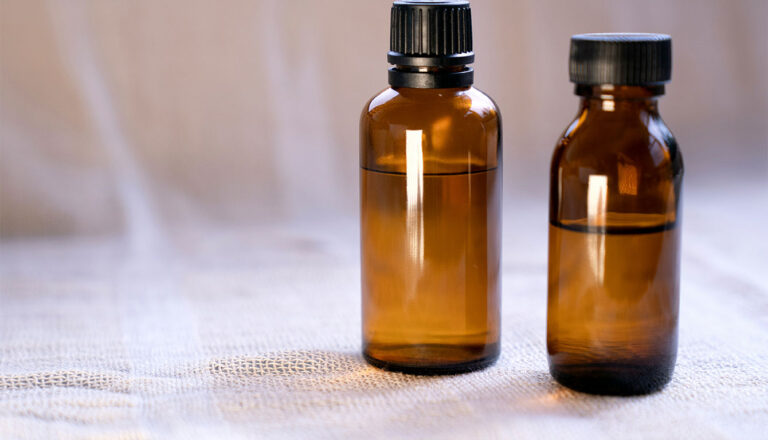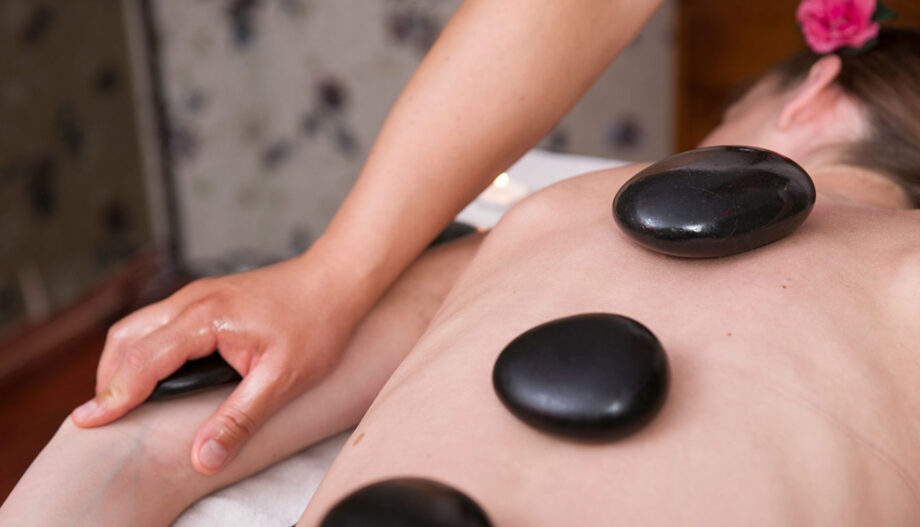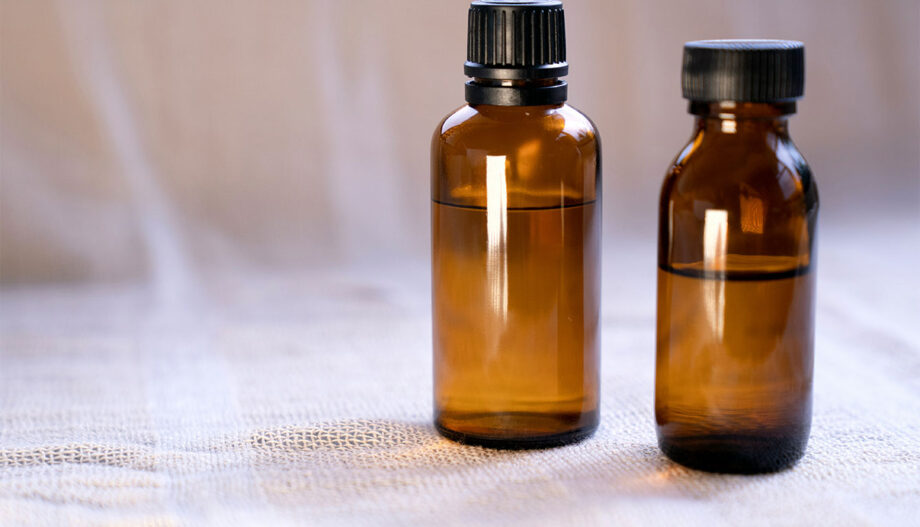This article gives a clear, practical answer and keeps safety front of mind.
Use a professional stone heater with adjustable control and full water immersion. Never use kitchen kit such as crockpots or microwaves. A conservative operating range is 120–135°F, and that must be checked often with easy‑read gauges plus a calibrated thermometer.
Human tissue can burn near 130°F in about a minute. That is why a cautious approach matters: keep stones fully submerged, place a towel in the heater insert, and use a five‑second hands test before contact.
Placement rocks need at least two fabric barriers and regular skin checks. Hydrate the skin with moisturiser and remind the client to drink water. Retire risky placements such as facial, between toes, abdominal or under the back while supine.
Expect a steady routine: warm up, frequent checks, rotate working items and use placement items over layers. This builds a safety culture that supports relaxation and long‑term health benefits.

Key Takeaways
- Use a proper stone heater and full‑water immersion only.
- Keep operating range around 120–135°F and verify with two devices.
- Perform a five‑second hands test and visual skin checks during treatment.
- Always use two fabric barriers for placed rocks and avoid retired placements.
- Hydrate skin and client to reduce burn risk and improve glide.
- Gather thorough intake details to tailor timing and heat safely.
What temperature should hot stones be for massage
Operate the heater between 120–135°F (49–57°C) and verify readings with two devices where possible. This bracket delivers warmth that aids relaxation while limiting rapid tissue injury.
The ideal operating range and why it matters
At about 130°F the skin can burn in roughly one minute. Controlled contact time and frequent checks are therefore essential. Use visible gauges and a calibrated probe in dim treatment rooms.
Reconciling mixed guidance
Some sources list 138–145°F. Conservative best practice favours the lower band, especially if the practitioner cannot comfortably hold a stone. If it feels too hot to hold, it is too hot to place.
Adjusting heat by technique, client and area
Moving applications tolerate the warmer end since glide disperses heat. Static placements need lower settings, two fabric layers, and short intervals. Sensitive areas and clients with reduced sensation require cooler stones, lighter pressure and longer gaps between contacts.
Rule of thumb: through a sheet and towel it can take 3–4 minutes for full effect—inspect skin often and act on client feedback.
- Use lighter pressure with warmer items.
- Prioritise client comfort and periodic skin checks.
- Shorten exposure or switch to hands-only if redness or discomfort appears.
How to heat stones safely: equipment, water, and temperature control
A purpose-built unit with clear settings keeps heating predictable. Use a dedicated stone bath unit that allows full immersion and steady output. This prevents uneven surface heat and reduces risk during stone massage.
Do not use crockpots, turkey roasters, griddles, kettles, hot towel cabinets, microwaves or ovens. These create dry or uneven heat that can cause dangerous hot spots on stones used over skin.
Setup and verification
Line the insert with a towel, add stones and cover completely with water. Allow enough time so each stone core reaches a stable level before use.
Verify with two devices: the unit’s visible gauge and a calibrated thermometer you can read in a dim room. Check the bath every time stones are lifted and at least every five minutes during treatment.
Safe handling and overheating
Use a five-second hands test: if the therapist cannot hold a stone comfortably for five seconds, do not use it on the client. If the bath runs too hot, turn the unit off and continue hands-on therapy while it cools.
Why not shock-cool? Surface cooling can mask a hot core that migrates outward minutes later, risking a delayed burn.
| Equipment | Advantage | Risk | Action |
|---|---|---|---|
| Dedicated stone bath unit | Even water heating, adjustable controls | None if used correctly | Submerge stones; monitor gauge and probe |
| Crockpot / microwave | Cheap, accessible | Uneven heat; dry hot spots | Avoid for therapy use |
| Hot towel cabinet | Maintains warmth for towels | Not designed for stones; inconsistent heat | Do not use for stones used in treatment |
| Dual verification tools | Improves safety and client trust | Requires routine checks | Record readings and timings |
- Rotate cooler stones back into the bath and adjust unit gently rather than cranking settings.
- Sanitise contact items, log checks, and keep clients informed to build trust during therapy.
Applying hot stones: techniques, timing and touch on different areas of the body
Prioritise motion-based techniques to disperse warmth and avoid concentrating heat on a single patch of skin. Keep working stones moving with a light film of oil so glide spreads the heat and reduces friction.
Working stones in motion vs placement stones
Use flowing strokes when you want to warm muscles and assess tissue. Reserve static placement only when you can guarantee two barriers, such as a sheet plus towel.
Timing, barriers and sensitive zones
Limit static contact to short intervals—check skin after a few minutes and rotate items frequently. Inspect discreetly by lifting layers to spot redness, welts or blisters.
- Keep pressure lighter with warmer items and avoid pressing over bone.
- Reduce intensity around the neck, abdomen and joints.
- Retire risky placements: facial, between toes, abdominal or under the back while supine.
“Always use at least two fabric layers for any placement and monitor skin visually, not just by asking the client.”
Blend stones and hands to deliver effective therapy: alternate moving heated stones with hands-on work to palpate tissue and adapt techniques. For practical guidance and further reading see hot stone massage guidance.
Safety first: client screening, monitoring and UK best practice
Begin every treatment with a full screening and clear consent that notes conditions which change heat tolerance. Use an intake form that asks about diabetes, cancer, autoimmune issues, epilepsy, neuropathy, heart disease, skin problems, recent surgery and pregnancy. When any concern appears, reduce contact time and lower the heat setting.
Hydration matters. Ask clients to drink water before, during and after the session. Recommend moisturising dry skin so glide is smooth and frictional warming is minimised under moving stones used in treatment.
Client communication, checks and practitioner awareness
Set clear norms: check how each new area feels and inspect skin visually. Clients can drift into deep relaxation and miss early warning signs, so combine verbal check-ins with regular skin inspections.
Therapists should note that repeated work can dull tactile feedback. Trust hands and the unit reading together; if it feels too warm, stop immediately. Never substitute gloves for good judgement.
Hygiene, rotation, contact safety and cold applications
Sanitise stones, towels and any tool that touches the client between appointments. Avoid pressing over bony landmarks and always use at least two fabric layers when placing a stone.
Integrate cold applications carefully. For inflammation, alternate cooler items down to about 25°F, finish the sequence with a cold application and rewarm your hands before returning to warm work.
“Document temperatures, timings and any clinical modifications to keep continuity of care and meet UK best practice.”
- Verify the stone heater gauge with a separate thermometer and log readings.
- Rotate stones used regularly to keep consistent warmth and avoid over‑exposure.
- Explain professional methods to clients so they understand the safe way you work.
Conclusion
, Keep the bath between 120–135°F and use a professional water‑immersion unit with two measuring devices. Verify readings often and perform a five‑second hands test before any contact.
Prioritise movement-based stone massage strokes and limit static placements with at least two fabric barriers on the body. Rotate items to manage time and avoid pressure over bone.
Do not shock-cool overheated stones; pause the heated component until water and heated stones settle naturally. Hydrate clients, sanitise kit, and note adjustments to meet UK best practice.
When practiced with discipline, stone massage delivers reliable relaxation and therapeutic effect while keeping the client safe.
FAQ
What is the ideal operating range for heated stones used in massage?
The safest working range for heated massage stones is generally around 49–57°C (120–135°F). This span gives warmth sufficient to relax muscles and increase circulation while keeping burn risk low when proper protocols are followed.
Why do some sources recommend higher settings than the conservative range?
Some therapists or manufacturers list higher numbers because they assume experienced practitioners will adjust contact time, use barriers such as towels, or work on less sensitive areas. Conservative guidance aims to protect all clients, including those with thinner skin or reduced sensation.
How should temperature be adjusted for different techniques and body areas?
Use lower heat on the face, neck, bony prominences and any area with reduced sensation. Increase slightly for large muscle groups like the back or thighs, but always test against a towel and check with the client frequently.
What equipment and method ensure safe heating of massage stones?
Choose a professional electric stone heater designed for full-water immersion, with a thermostat and safety cut-out. Avoid household crockpots or dry-heat methods not made for this purpose.
How can a therapist verify stone temperature accurately?
Use a calibrated immersion thermometer or a heater with a visible, reliable gauge. Verify readings frequently during a shift and log checks to maintain consistent control.
What is the correct step-by-step approach to heat stones safely?
Place stones in the heater with full-water immersion, allow gradual warm-up to the target range, use towel-lined inserts when removing stones, test each stone briefly on the therapist’s forearm or over a towel, then check with the client before direct skin contact.
What are the risks of overheating and how should a therapist respond?
Overheating can cause first- or second-degree burns and tissue damage. If a stone feels too hot, cool it gradually in warm—not cold—water to avoid thermal shock, pause the service, inspect the client’s skin, and document the incident.
How do placement stones differ from stones used in motion?
Placement stones remain stationary to provide steady radiant heat, so they are kept cooler and monitored closely. Stones used in motion are glided with oil and require firmer therapist control to avoid excessive pressure or prolonged heat on one spot.
What timing guidelines should be used for stone placement and movement?
Limit direct placement to a few minutes per area, check skin every minute or two, and rotate stones so no single site receives prolonged exposure. For gliding techniques, keep strokes steady and avoid repeated passes over vulnerable zones.
Which client conditions make hot stone work unsuitable or require modification?
Contraindications include diabetes with neuropathy, uncontrolled high blood pressure, recent surgery, deep vein thrombosis, active infection, severe skin conditions, pregnancy without practitioner training, and cancer without medical clearance. Always follow intake screening protocols.
How should therapists monitor clients during a session?
Communicate temperature checks before and during treatment, visually inspect skin for redness or blistering, watch for signs of discomfort or numbness, and encourage clients to speak up immediately if heat feels excessive.
What hygiene and rotation practices keep stones safe between clients?
Clean and disinfect stones and heaters according to manufacturer guidance and UK infection-control standards. Rotate and inspect stones for cracks or chips; retire any damaged stones to avoid skin injury and harbourage of microbes.
When is it appropriate to use cold stones alongside heated ones?
Cold stones can be effective to reduce inflammation or cool an overheated area and are used in contrast therapy. Introduce them only with client consent and ensure temperatures are comfortable and applied briefly.
How long should a therapist wait before reusing a stone on the same client area?
Allow time for skin recovery and rotate stones so heat is distributed. A few minutes between placements on the same spot helps prevent overheating; always reassess skin condition before reapplying.
